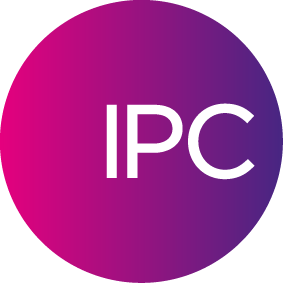by Barry Leybovich, Product Manager, Compliance Product Management, IPC
With regulations such as Dodd-Frank and the Market Abuse Regulation (MAR) already in effect, and MiFID II implementation rapidly approaching, capital markets firms are facing increasing challenges in managing the technological communication landscapes complexities within their estates. While technology enables free-seating, bring-your-own-device and seamless connectivity even while travelling, firms need to keep in mind the risks new and evolving technologies introduce to their information governance procedures.
In accordance with local regulations, firms must establish, maintain, and enforce policies dictating which members are allowed to access and disseminate various types of information. Failure to adhere to these regulations can – and has already – result in significant regulatory fines being assessed.
With the proliferation of communications channels – whether messaging platforms, social media channels or various form of voice communications – firms need new tools to help them mitigate against the risk of a Material Non-Public Information disclosure across various communication channels. They need to control – cost effectively – who’s talking, texting, or communicating in any other ways across their firm.
Today’s Technology Helps You Take Control — Proactively
Fortunately, such tools are now emerging for the financial community – saving market participants a lot of time and expensive enforcement measures. By proactively automating and extending the set-up and monitoring of information barriers, firms can free up IT and risk management resources and gain greater peace of mind when it comes to properly protecting material non-public information and avoiding potential policy breaches.
In particular, innovative applications can help companies establish on the front end the internal, cross-departmental communication policies they need for their business. Such policy protecting software acts as an engine that controls who in your firm can communicate with who, and enables risk and compliance managers, with their IT counterparts, to:
- Manage communications internally and to counterparties – whether with hoots or dedicated private wires, you want to make sure members have access only to relevant colleagues and counterparties.
- Identify and mitigate risks quickly – alerting capabilities provide valuable information to your compliance and supervision teams to identify risks and demonstrate effective oversight and risk management.
- Create a defensible record – a clear and thorough audit trail is paramount to a firm’s demonstration of establishing, maintaining, enforcing, and supervising compliance policies.
Such applications of advanced technology can go a long way toward mitigating risk in a firm’s communications. So, maybe there are no more barriers to ensuring compliant information barriers.

